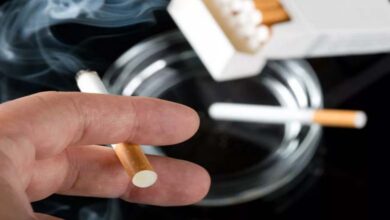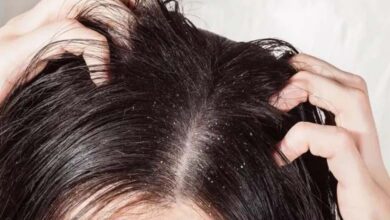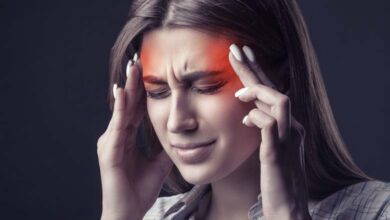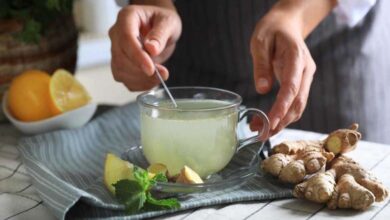Posthitis: causes, symptoms, treatments of this inflammation of the foreskin
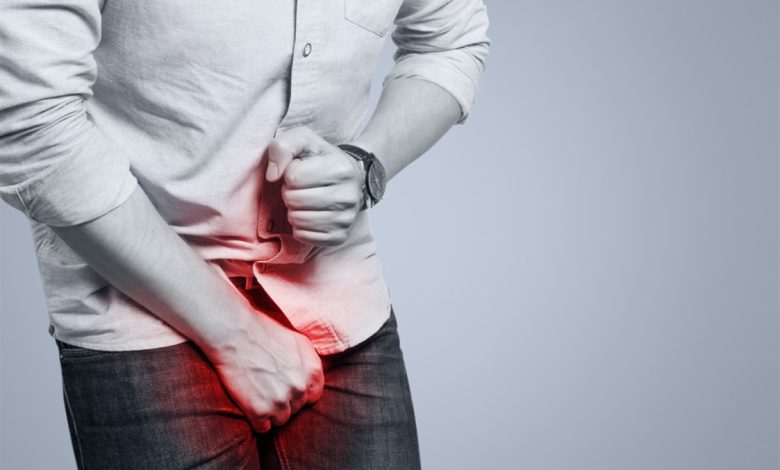
Posthitis is inflammation of the foreskin, the sliding skin over the glans penis at the tip of the penis. Posthitis is almost always associated with balanitis, inflammation of the glans penis, because the foreskin is anatomically bound to the glans penis.
This is called balanoposthitis. ‘Posthitis cannot be dissociated from glans diseases. It includes inflammation of the glans penis, the balanopreputial sulcus that separates the glans penis from the rest of the penis, and the foreskin. Circumcised men cannot be affected by posthitis or balanoposthitis,’ Dr. Vincent Hupertan comments.
What causes posthitis?
“The peculiarity of this environment (glans penis, balano-preputial groove and foreskin) is that it has a specific bacterial flora. However, any imbalance in this microbiota will lead to an inflammatory reaction,’ says the urologist surgeon. Posthitis is mainly caused by infection, the most common being caused by the fungus candida albicans. “This fungus is commensal, that is, opportunistic. It is naturally present on the skin but in a particular situation such as lack of hygiene or a pathology such as overweight, obesity, diabetes or a decrease in immunity, can lead to an imbalance in the flora of the balano-preputial sulcus and promote the proliferation of candida albicans, which creates posthitis,’ the specialist notes. Staphylococcus may be the cause, but it is relatively rare. Contrary to popular belief, posthitis is not a sexually transmitted infection (STI). Certain skin disorders such as allergic reactions, lichen planus, dermatitis, and psoriasis may also be causes. Type 2 diabetes is associated with posthitis.
What are the symptoms of posthitis?
Posthitis causes the classic signs of inflammation, which are redness, pain, swelling, itching, and discharge from the foreskin. In some cases, posthitis manifests itself simply as irritation. Bruising may also occur, and lymph nodes in the groin may enlarge. “The whitish secretions that are similar to curdled milk are specific for candida albicans posthitis,” adds the specialist. In the vast majority of cases, posthitis is associated with balanitis (inflammation of the glans penis), which is called balanoposthitis.
What are the treatments for posthitis?
Management is focused on hygiene by washing once a day and emphasizing the foreskin. “But be careful, excessive hygiene can also cause problems,” warns Dr. Vincent Hupertan. The cause of inflammation must also be treated with topical antifungal drugs.



